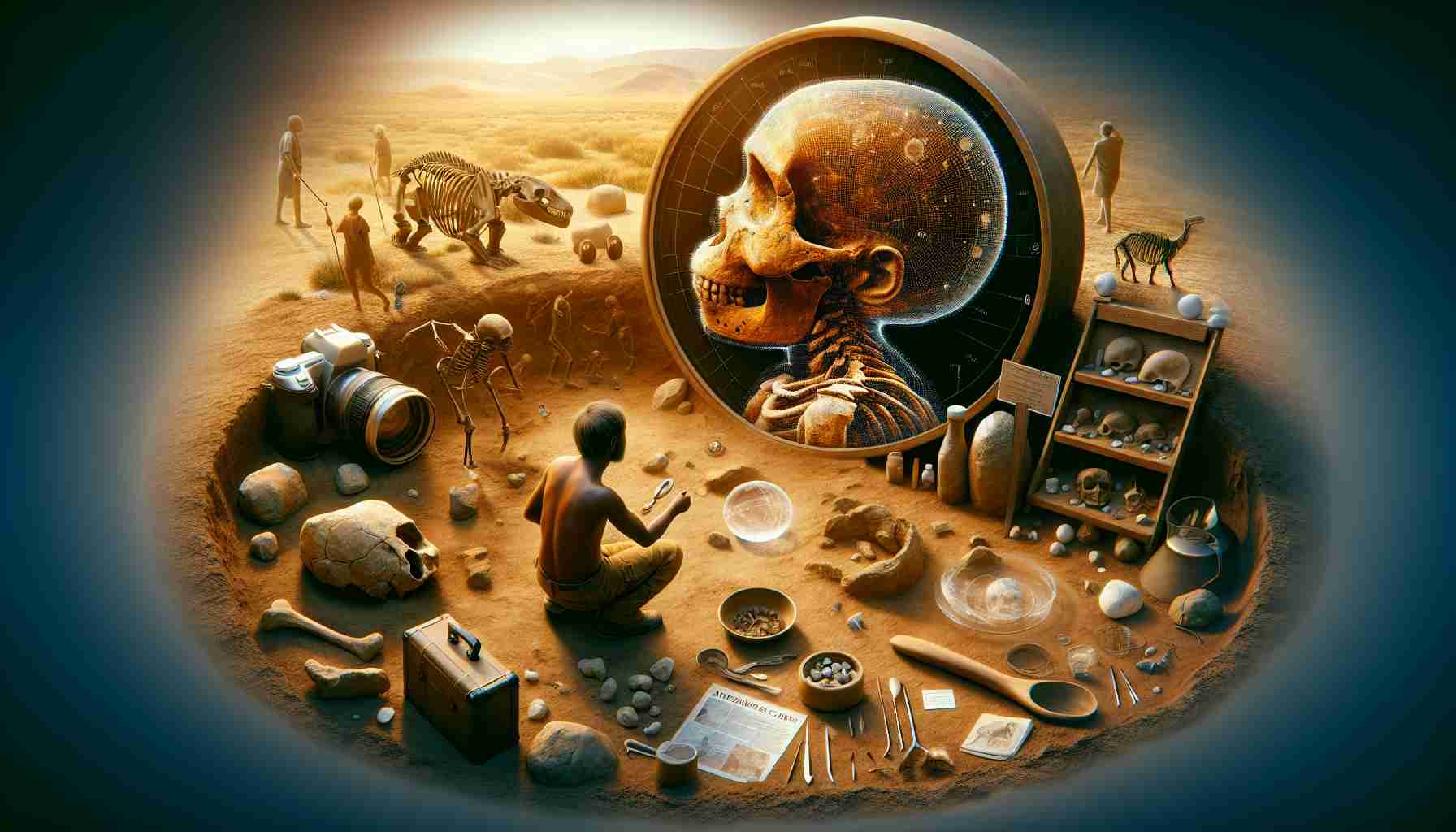“`html
- The Taung Child fossil, discovered in 1924, is a foundational piece in understanding human evolution as Australopithecus africanus.
- Raymond Dart’s initial claims faced skepticism due to prevailing biases towards non-African origins of humanity.
- The discourse surrounding the Taung Child reveals issues of colonialism, racism, and the need for diverse perspectives in palaeoanthropology.
- Indigenous voices and local researchers historically marginalized in scientific discussions should be prioritized in future research.
- The concept of “helicopter science” emphasizes the importance of collaborative research efforts with local scientists and communities.
- Celebrating the centenary invites a commitment to equitable, diverse, and responsible scientific practices that honor local heritages.
“`
“`html
In 1924, a fossil skull was unearthed in South Africa’s limestone quarry, changing our understanding of human origins. This fossil, named the Taung Child, was presented by Australian scientist Raymond Dart as a new species, Australopithecus africanus. Initially dismissed by the scientific community, Dart’s groundbreaking claim faced skepticism as many were focused outside Africa for human roots. However, decades later, Dart’s brilliance was vindicated as more fossils surfaced across the continent.
Yet, this tale is not without shadows. The narrative unfolds against a backdrop of colonialism, racism, and social inequality. A special issue by the South African Journal of Science brings to light the complexities surrounding Dart’s discovery, emphasizing the necessity of inclusivity and diverse perspectives within palaeoanthropology.
Many voices, especially Indigenous ones, have been historically sidelined—often leaving African researchers out of the forefront of a field that should celebrate their heritage. The notion of “helicopter science,” where international teams carry out studies on the continent without adequate local collaboration, highlights an urgent call for change.
Furthermore, discussions in the special issue point to the societal impacts of the Taung Child discovery on the local community, advocating for more responsibility from scientists to give back and build trust.
As we celebrate the centenary of this pivotal discovery, let’s champion a future of scientific inquiry that is equitable, diverse, and deeply connected to the communities from which these remarkable fossils arise. The legacy of the Taung Child is a call to action for a richer, more inclusive approach to our shared human story.
“`
Unearthing the Past: The Taung Child Legacy and Its Modern Implications
The discovery of the Taung Child fossil in 1924 marks a significant watershed moment in our understanding of human evolution. This finding not only reshaped our perception of our ancestors but also ignited discussions about representation, inclusivity, and the ethical responsibilities of researchers in today’s scientific landscape. Here, we’ll explore the updated dynamics around the Taung Child, providing deeper insights and perspective on the matter.
Insights and Innovations in Paleoanthropology
Recent advancements in paleoanthropology highlight the use of cutting-edge technology, such as 3D imaging and AI analysis, to study ancient fossils. These innovations are enhancing our understanding of evolutionary processes and the phylogenetic tree of hominins, giving researchers new tools to analyze findings like the Taung Child with greater accuracy.
Trends in Inclusivity and Diversity
Modern research urges greater engagement with local Indigenous communities in scientific discoveries. Increasingly, there is a push for “participatory research,” which aims to empower local researchers and integrate their perspectives into academic frameworks, especially concerning fossil discoveries on their lands.
Sustainability and Ethical Research Practices
Sustainable practices in archeology and anthropology are becoming a priority. Ethical research involves respecting the land, as well as collaborating with local tribes, ensuring that the archaeological processes do not exploit resources but rather benefit the communities that thrive in those regions.
Frequently Asked Questions
1. What does the Taung Child symbolize in the context of human evolution?
The Taung Child, as one of the earliest hominin fossils discovered, symbolizes the African roots of humanity, challenging earlier Eurocentric narratives and emphasizing the diversity of human ancestry. Its discovery laid the groundwork for a deeper understanding of Australopithecus species and their traits.
2. How has the narrative surrounding the Taung Child evolved in recent years?
The narrative has shifted from a singular focus on scientific discovery to a broader discussion that includes ethical considerations, colonial legacies, and the need for inclusive involvement from African researchers and Indigenous populations in archaeological methodologies.
3. What are the consequences of “helicopter science” in the field of paleoanthropology?
“Helicopter science” can lead to a disconnect between researchers and local communities, resulting in a lack of ownership and benefits for those populations whose heritage is being studied. This practice can perpetuate inequalities and prevent valuable local insights from being shared in the scientific discourse.
Suggested Related Links
For more in-depth information, you can visit:
– Science Journal
– Nature
– Proceedings of the National Academy of Sciences
In summary, the legacy of the Taung Child is not simply a story of paleontology but rather a reminder of how we can reshape the future of science to be more inclusive, respectful, and responsible towards the communities that contribute to our understanding of the past.












